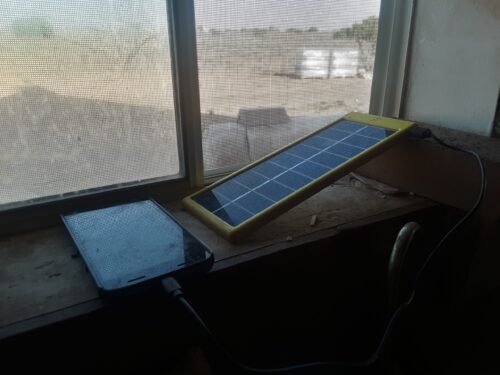
This post comes from me, K, partnering with Phoenix on blogging about sustainable living.
So, you’re thinking of going sustainable; good for you. As a person who has already made the move, let me give you some insights.
First of all, don’t run out and buy a piece of land with plans on building an off grid home (this is what Phoenix did and was quite overwhelmed–so much to do and so little time). The lifestyle changes that go with it will get your head spinning, and will probably make you quit within the first year.
One way to get around this is to have an experienced partner or find a mentor with hands-on knowledge of homesteading/ farming/ gardening/ livestock management. Don’t expect to do everything all at once by yourself. You will burn out and/or go broke, destroying your dream of sustainable and independent living.
Start small. The ultimate purpose of having your own homestead is to cut down on your carbon footprint, reduce your use of earth’s resources, and produce less waste. Changing your lifestyle requires a major shift in thinking about how you live your life. A stewardship mentality and conservation lifestyle while on the grid translates to a luxurious lifestyle off the grid. For instance, using a powerful work laptop during a regular eight hour workday requires ~ 3 KW. Ideally, it should only be plugged in for six hours from 10:00 to 4:00 pm and run on laptop batteries the rest of the time, so as not to drain the solar batteries.
So obviously, the first thing to work on is getting your electrical usage down. Then you won’t have to build a huge system if you do decide to go with renewable energy. Even with a stewardship mindset, you’ll need a bigger system than you think you will. For solar, you have to plan for storms, cloudy days, long winter nights and hot summer days. Plus if you’re using lead-acid batteries and you want them to last several years, you can’t draw them down below 10%. If you can bring your electricity needs down while on the grid, the system to meet your needs off-grid will be a lot cheaper.
For the first year on-grid moving towards sustainability, concentrate on finding ways to reduce your consumption of electricity. Change out those old CFL or incandescent bulbs and put in LED bulbs. Try adjusting to only having lights on in the area that you are actually in. You might enjoy candles or oil lamps. Phoenix loves dinner by lamplight, and I appreciate not worrying about electricity on a winter night.
Did you know electronic devices consume power even when they’re shut off or on standby? Unplug energy vampires like coffee-makers and microwaves when not in use to avoid these phantom loads. Too much work? Just add powerstrips to switch off multiple devices at once. Still too much work? Get intelligent power strips that will cut off power automatically when devices aren’t being used.
There are going to be other areas you’ll find where you can reduce your energy use according to your personal lifestyle. Consider entertainment centers, sound systems, radios, and any other device requiring electricity. Keep (un)plugging away and watch your electric bills go down!
Next blog post: Part 2: Possible solutions for your sustainable living– indoor climate-control (By K)
